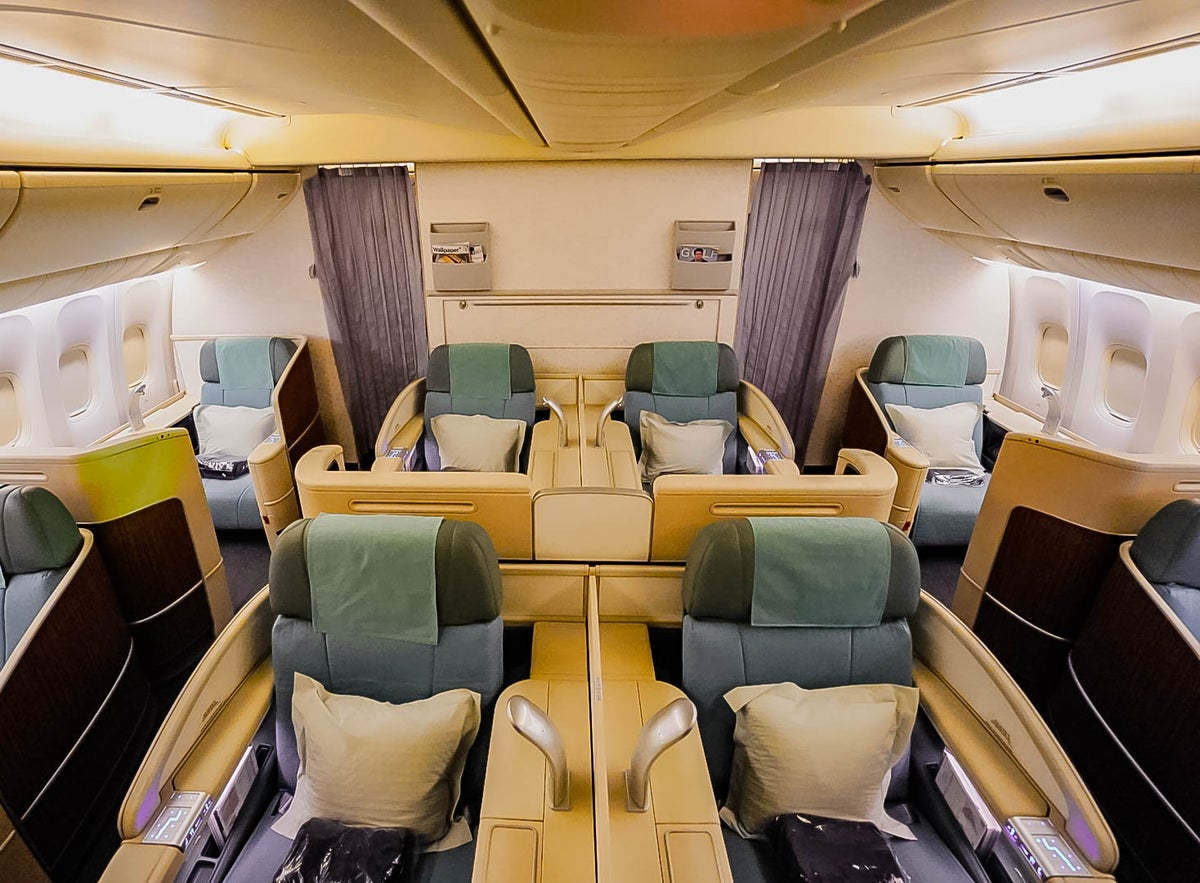Charlie Page
Charlie Page
Former Content Contributor
2 Published Articles
Countries Visited: 70U.S. States Visited: 13
Charlie is a Senior First Officer and has been an airline pilot for nearly 15 years. He currently flies long-haul on the Boeing 787 Dreamliner after 10 years buzzing around Europe on the A320.
Edited by: Keri Stooksbury
Keri Stooksbury
Editor-in-Chief
61 Published Articles 3583 Edited Articles
Countries Visited: 54U.S. States Visited: 28
Editing with Upgraded Points for over 5 years, as editor-in-chief, Keri manages the editorial calendar and oversees the efforts of the editing team and over 20 content contributors, reviewing thousand...
![Flying on the Boeing 777 — Everything You Need to Know [Pilot’s Perspective]](https://upgradedpoints.com/wp-content/uploads/2022/09/British-Airways-Boeing-777-200-Club-World-aircraft-at-Grenada-.jpeg?auto=webp&disable=upscale&width=1200)
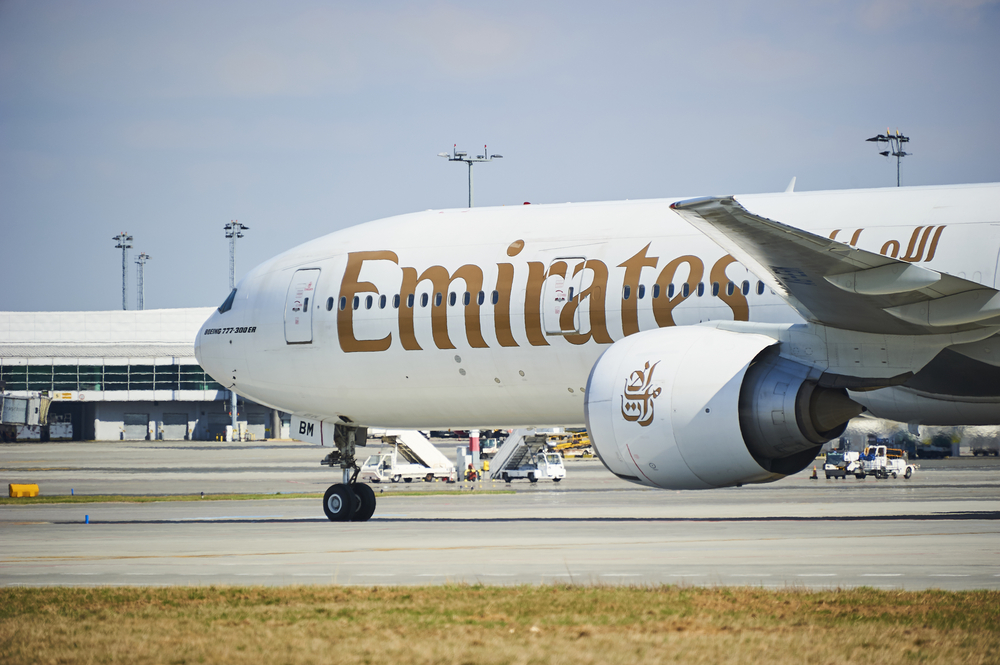
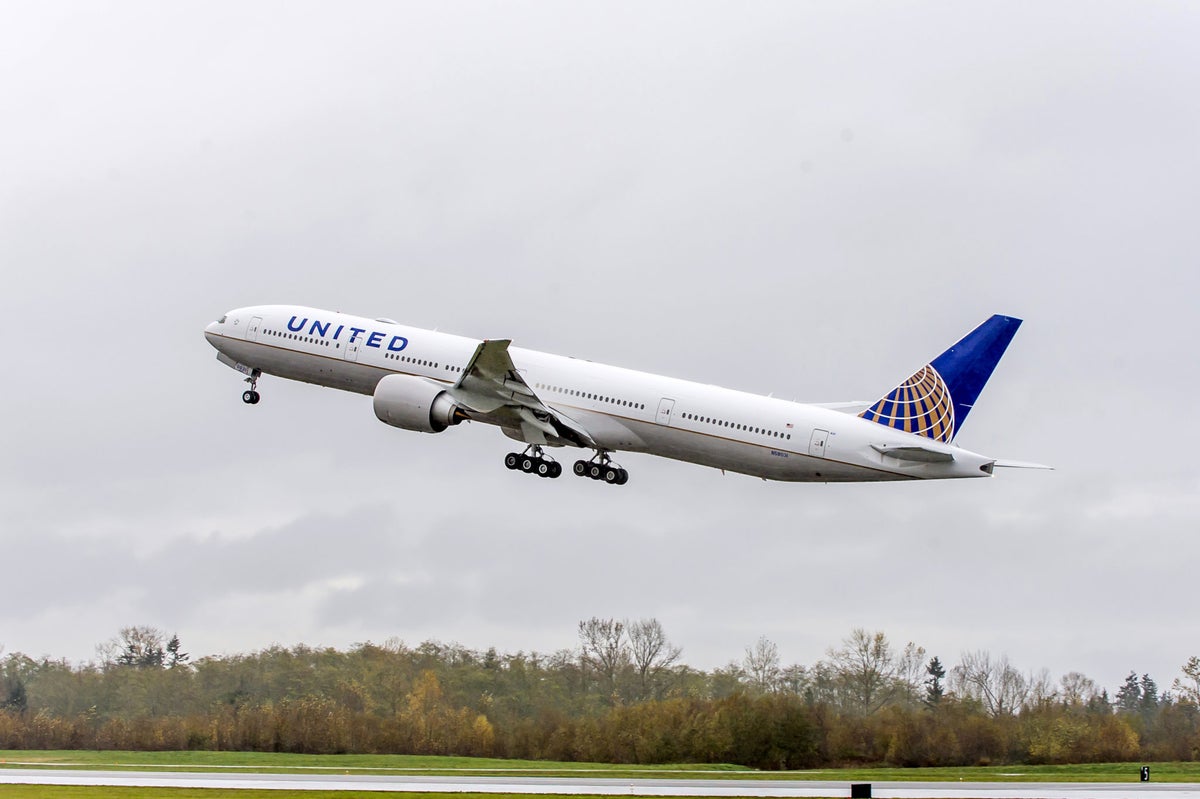
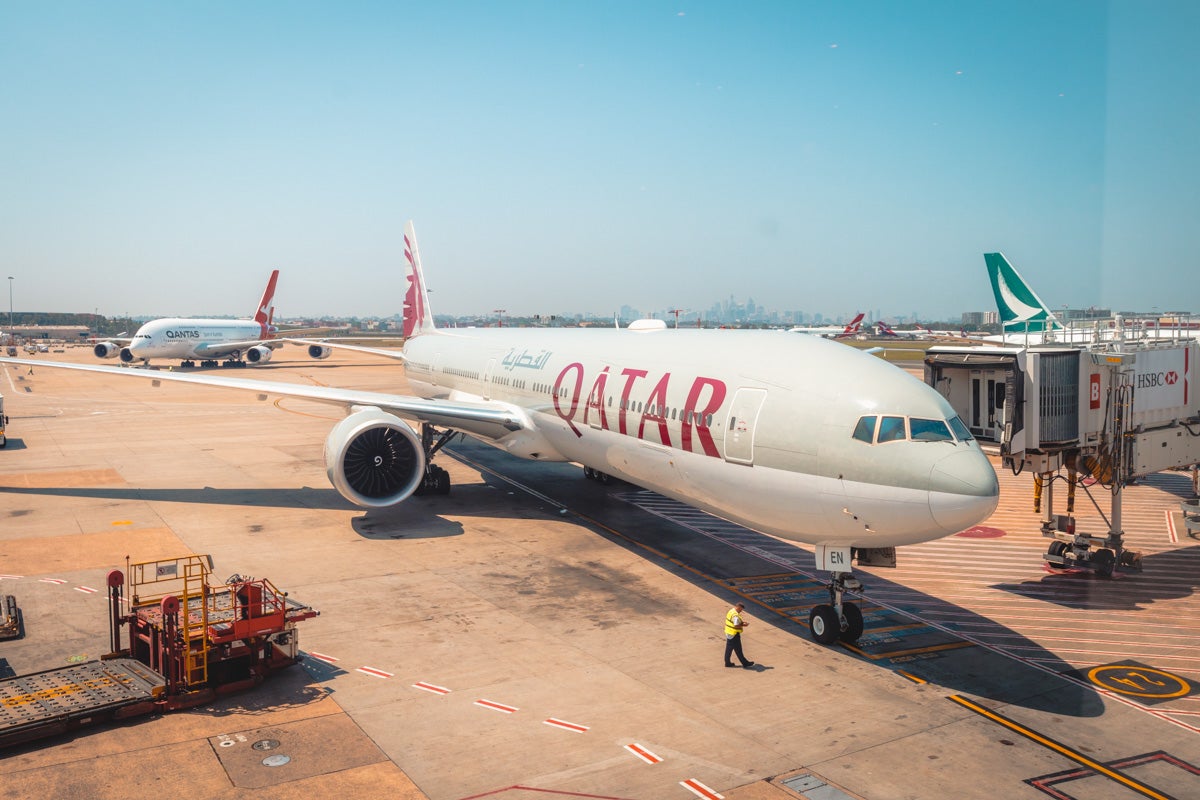
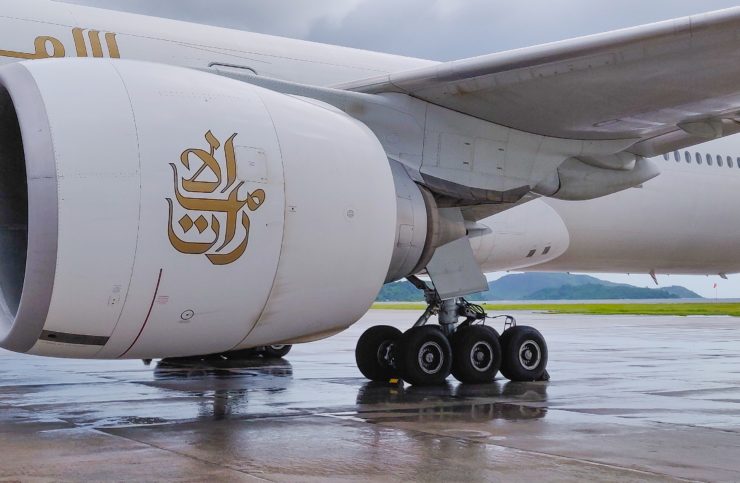
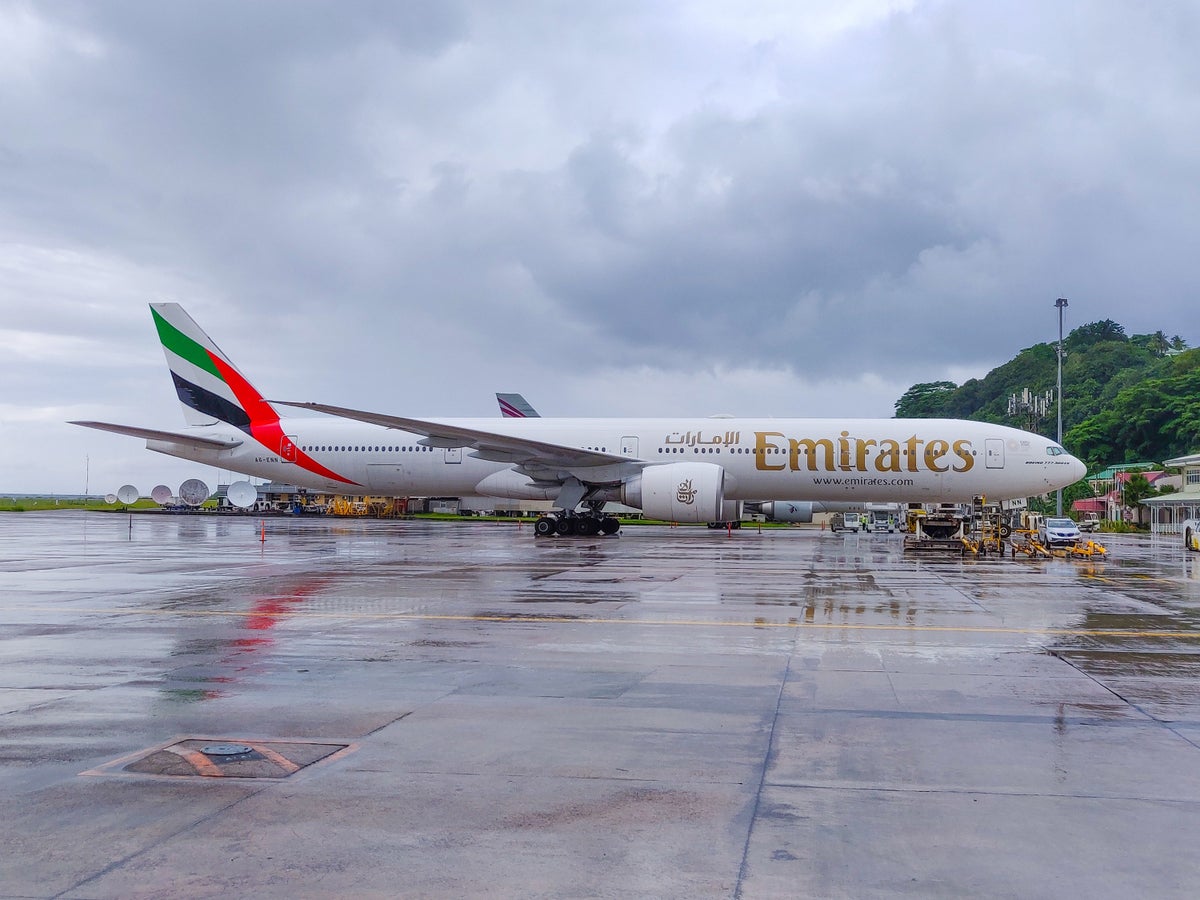
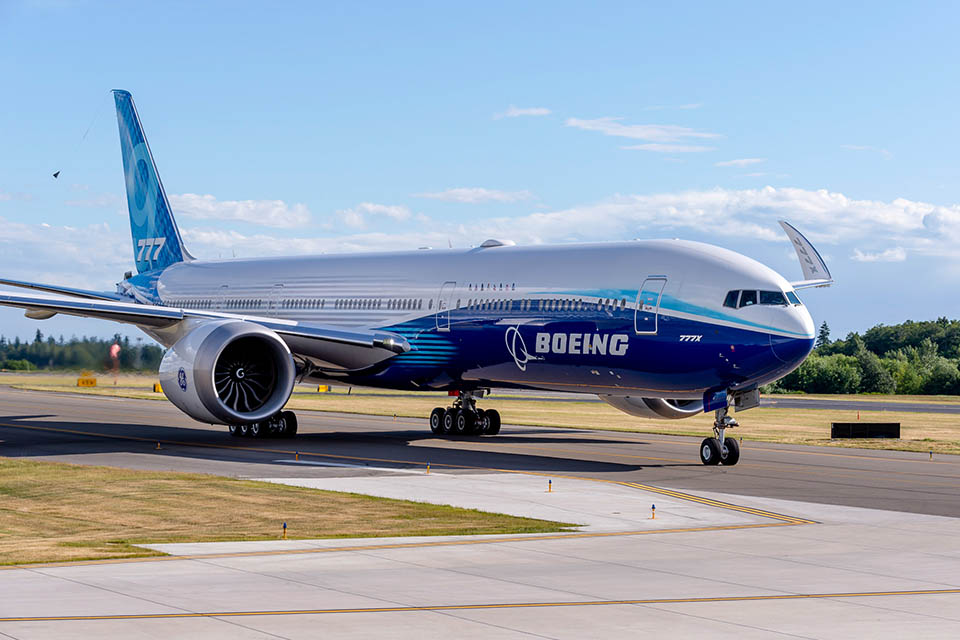
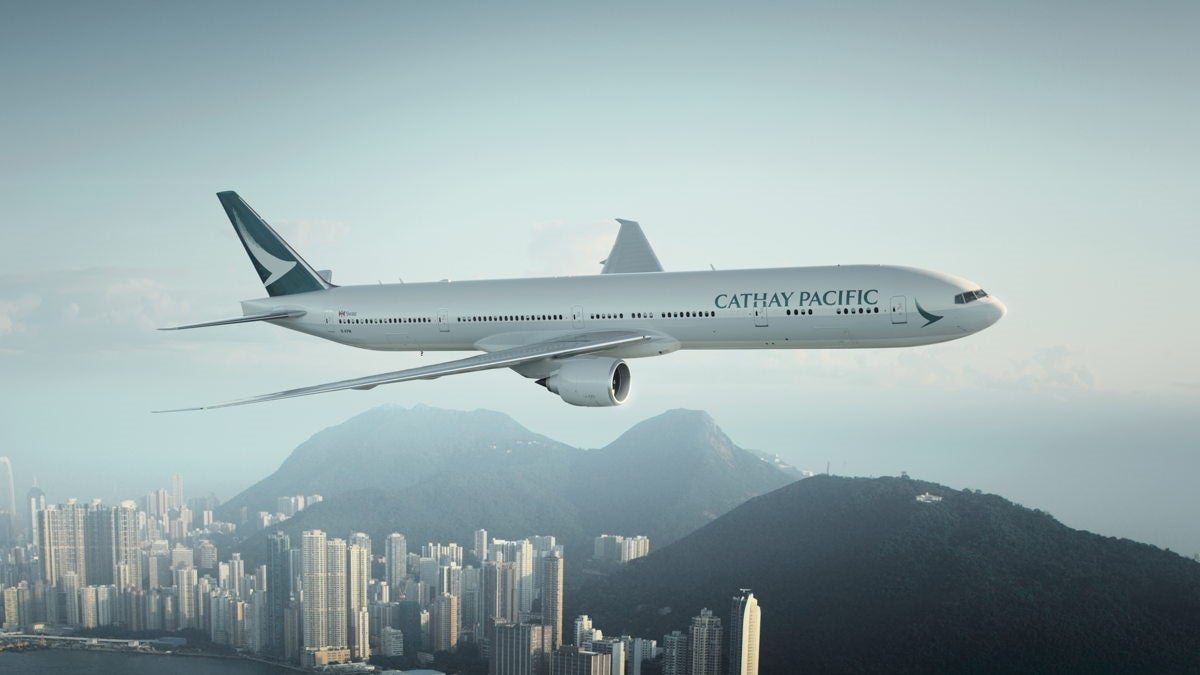

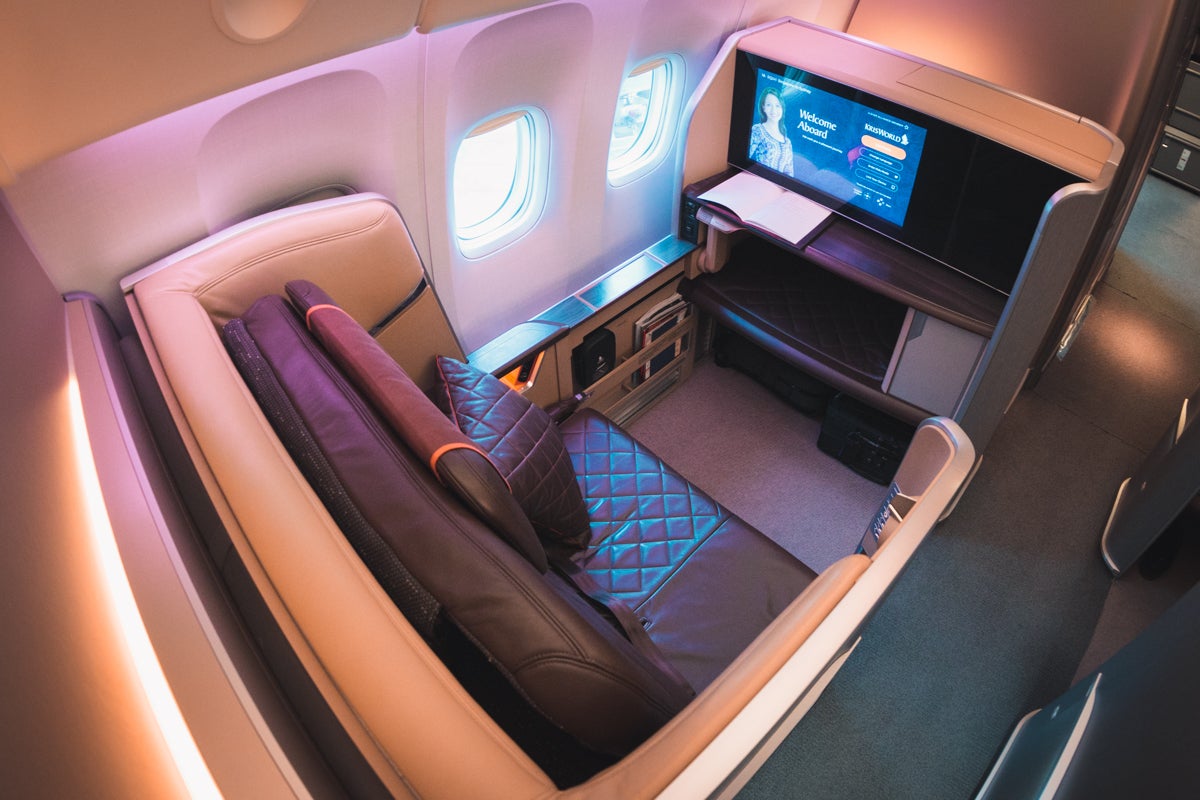
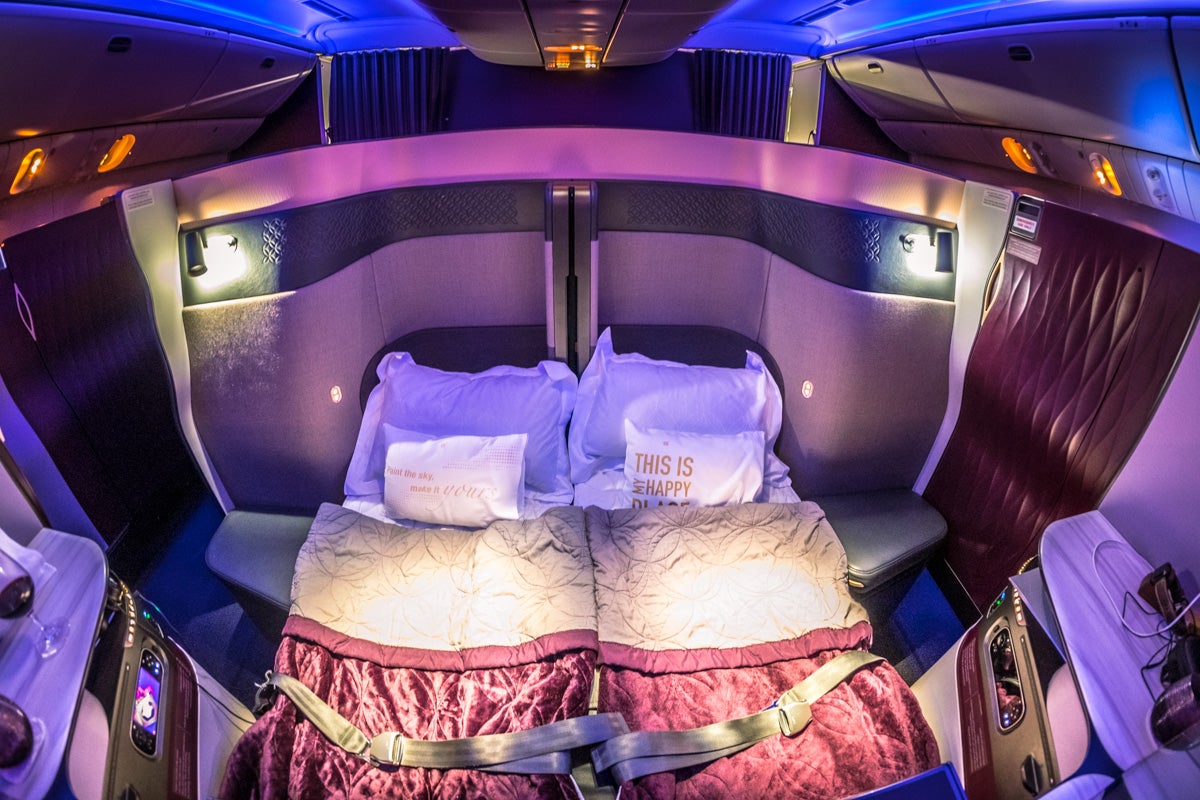
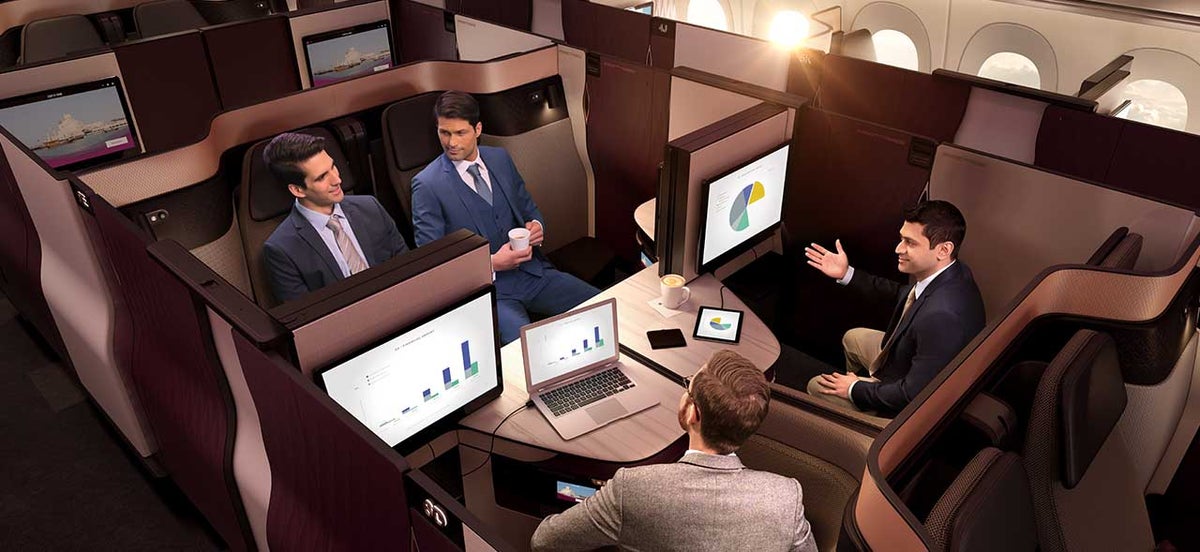
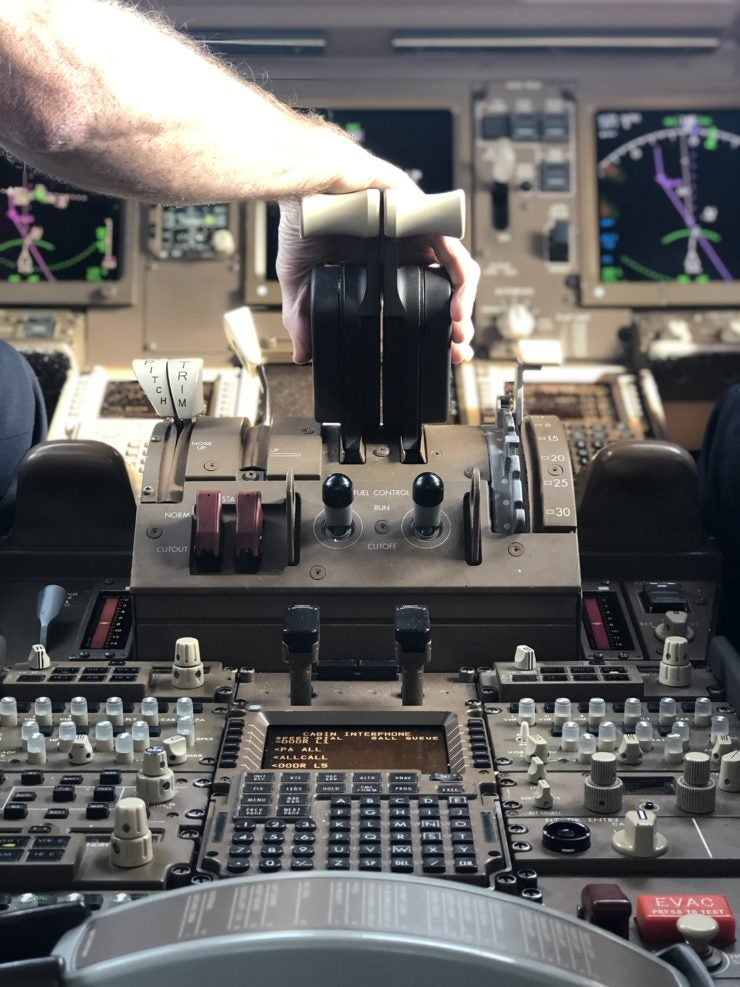

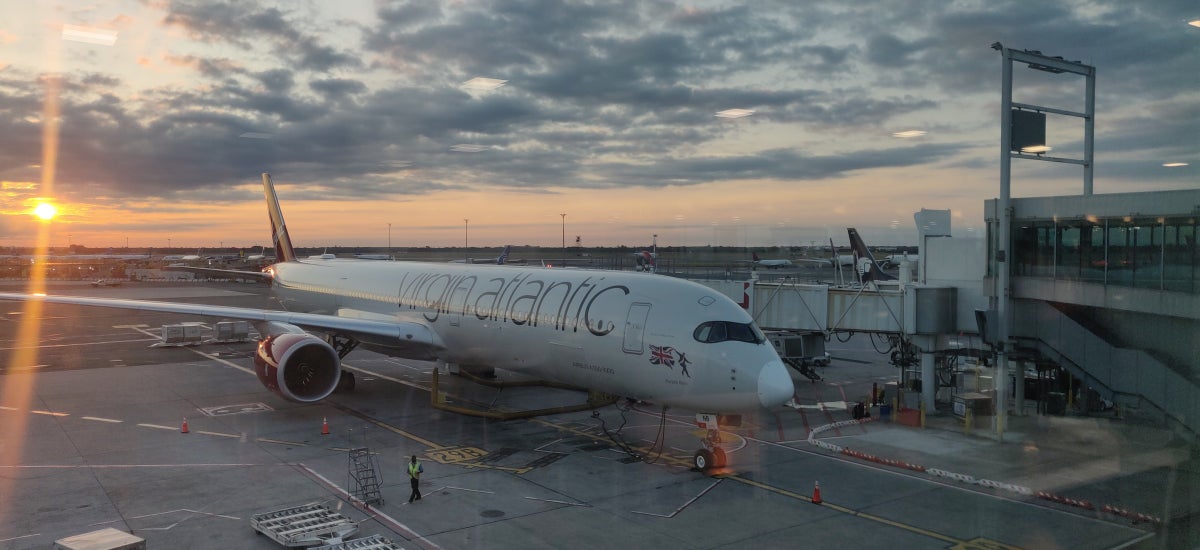
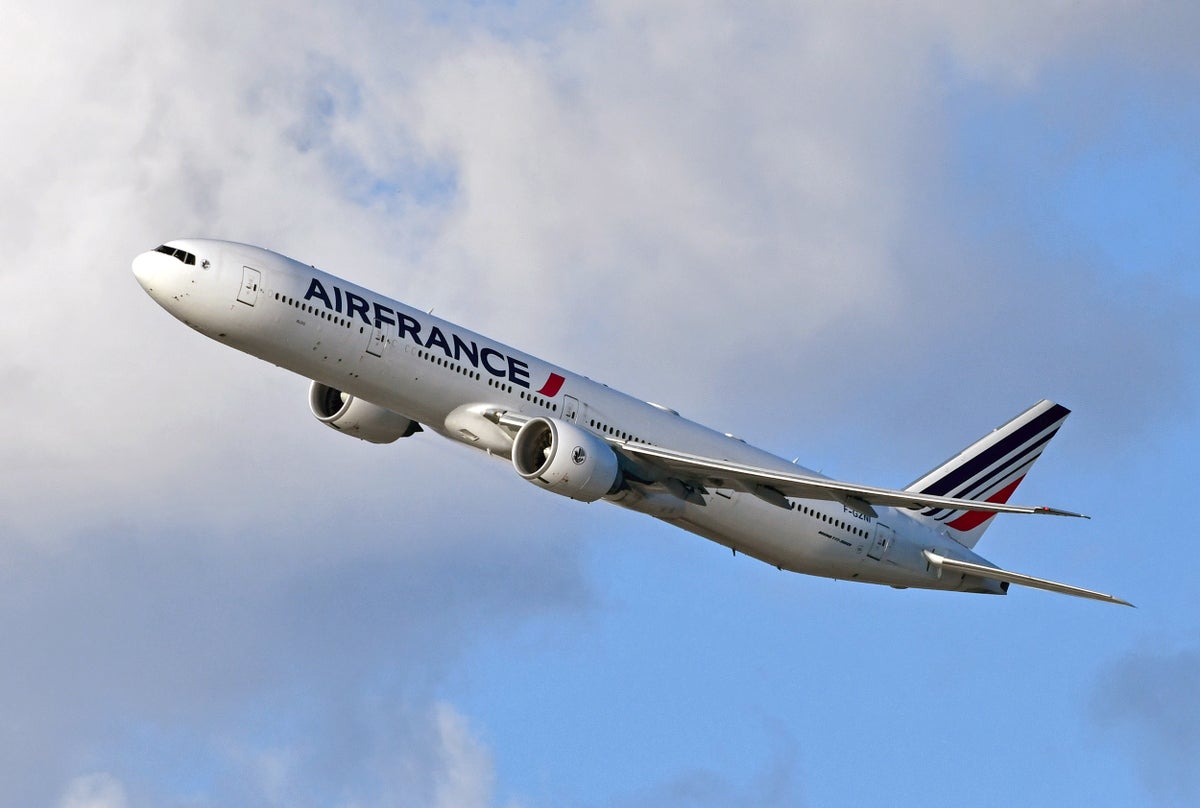
![Singapore Airlines Boeing 777 First Class Review [SIN to SYD]](https://upgradedpoints.com/wp-content/uploads/2019/08/01-Singapore-Airlines-Boeing-777-First-Class-Side-On-e1565897434722.jpg?auto=webp&disable=upscale&width=1200)
